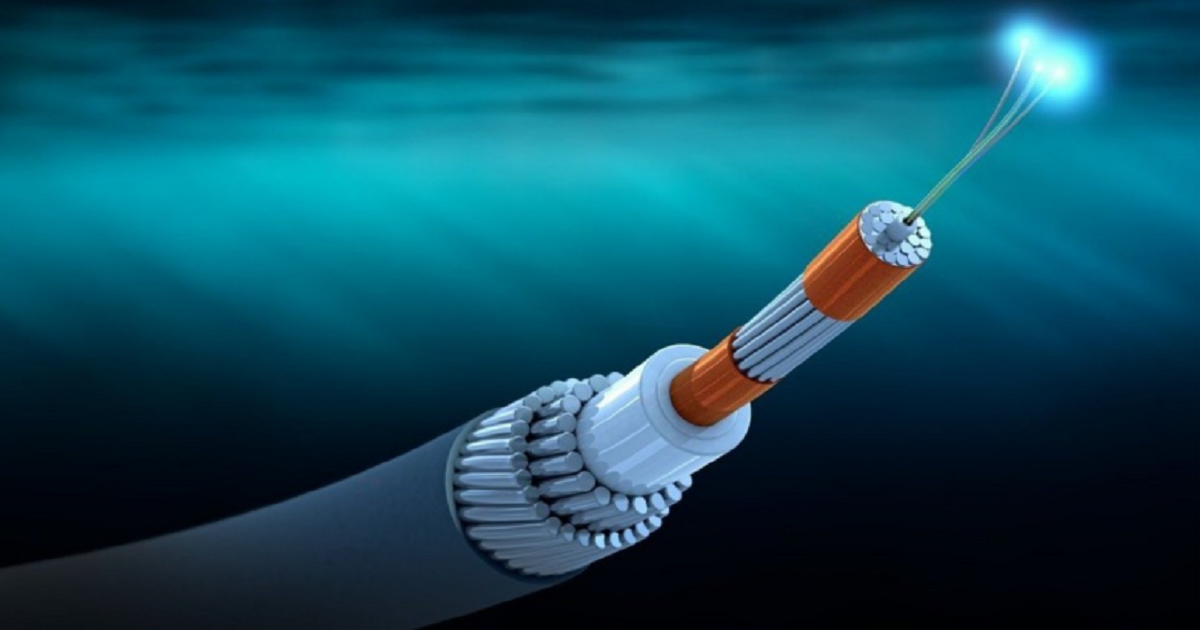Distributed Optical Fiber Sensors
Topic Information
Dear Colleagues,
Distributed optical fiber sensors provide a method to measure the physical field of the surrounding environment through the distribution of different parameters, such as temperature, strain, vibration, magnetic and gas sensing, etc. across the sensing fiber. Owing to its detection ability, it has been widely used in micro/nano sensing, medical treatment, corrosive environment detection, pressure sensing in harsh environments, hydrophone sensors, and other security detection fields. Based on the features of fiber scattering, the optical fiber sensing technology can be classified into Rayleigh fiber sensing, Brillouin fiber sensing, and Raman fiber sensing. Among these, the Rayleigh optical fiber sensing is commonly used to detect attenuation characteristics and vibrations (phase optical time domain reflection sensing) of the optical fiber. Brillouin optical fiber sensing can measure the temperature and strain distribution along the optical fiber and can obtain a high spatial resolution for long sensing distances. Raman optical fiber sensing can monitor a large-scale distributed temperature. Therefore, we invite papers on innovative technical developments in addition to reviews, case studies, and analytical and assessment papers from different disciplines that are relevant to the topic of distributed optical fiber sensing.
Dr. Jian Li
Dr. Hao Wu
Dr. Giancarlo C. Righini
Topic Editors
Dr. Zhe Ma
Dr. Yahui Wang
Co-Topic Editors
Keywords
- distributed optical fiber sensing
- fiber sensing
- optical measurement
- optical device
- optical sensing

Image courtesy of Dr. Jian Li, Taiyuan University of Technology